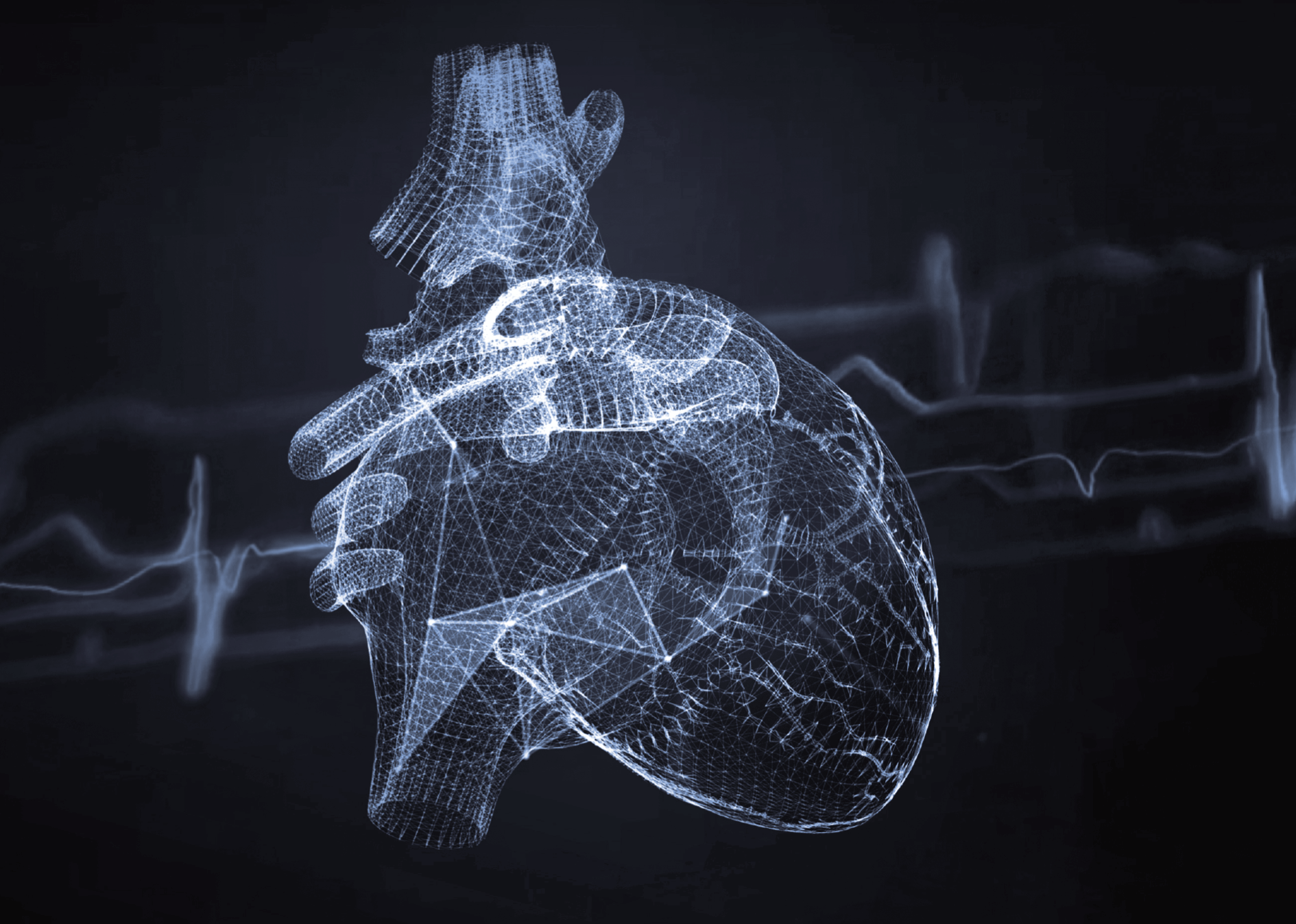Pulmonary CT scan – what is it, who is it for and how should I prepare?
Computed tomography of the lungs is an advanced imaging study that is widely used to diagnose a variety of respiratory diseases and conditions. With this technology, it is possible to obtain detailed images of lung structures, allowing precise detection, evaluation and monitoring of lesions. Indications for CT scans of the lungs include suspected lung cancer, pulmonary embolism, pneumonia, interstitial diseases such as pulmonary fibrosis or sarcoidosis, and tuberculosis. CT images allow doctors to accurately assess a patient’s condition, which translates into more effective treatment planning and monitoring of treatment outcomes.
How does a CT scan work?
Computed tomography (CT) is an advanced medical imaging technique that uses X-rays to create detailed images of the body’s internal structures. During the examination, the patient lies on a special moving table that slowly moves through a ring-shaped scanner gantry, which contains an X-ray source as well as a set of detectors.
During the scan, the radiation source rotates around the patient, emitting X-rays that pass through different structures of the body, including soft tissues, bones and internal organs. Detectors placed opposite the radiation source record the amount of radiation that has passed through the body, producing a series of two-dimensional cross-sectional images.
Indications to the examination
A CT scan of the lungs is performed on the basis of a referral from a specialist. Diagnostic indications for a pulmonary CT scan include:
- suspected malignant lesions in the lungs, including primary lung cancer and metastases from other organs;
- suspected interstitial diseases such as idiopathic pulmonary fibrosis, sarcoidosis and others;
- suspected severe and chronic lung infections, such as tuberculosis, pneumonia and abscesses;
- diagnosis of damage to pulmonary and pleural structures;
- diagnosis of unexplained respiratory symptoms, such as chronic cough, shortness of breath or hemoptysis (coughing up blood).
Additionally, pulmonary CT scans are also used in monitoring the progress of treatment of various lung diseases, evaluating treatment effectiveness and planning surgical procedures and interventional procedures. This examination is used in cases where other diagnostic methods, such as X-rays, do not provide sufficient information. CT scans of the lungs make it possible to detect even small lesions and precisely locate the source of the problem, which is crucial for the effective treatment of patients with respiratory diseases.
Contraindications to pulmonary CT scans
CT scanning of the lungs is a safe examination, but in some cases additional consultation with a doctor is necessary. The examination should not be performed in pregnant women unless absolutely necessary.
Additionally, patients with kidney disease should inform their doctor about their condition, especially if contrast is to be administered, since contrast agents can affect kidney function. Patients who are allergic to iodine or other contrast agents should also inform their doctor in advance so that appropriate precautions can be taken or alternative diagnostic methods can be used.
Patients with claustrophobia may experience discomfort during the examination due to being in the enclosed space within the scanner. In such cases, sedatives can be used to alleviate anxiety and enable the examination to be conducted.
Where the patient follows the recommendations and discusses all issues with a specialist, a pulmonary CT scan can be performed safely and effectively, providing valuable diagnostic information that is crucial for appropriate treatment and patient care.
How to prepare for a lung CT scan?
On the day of the examination, the patient should wear comfortable clothing without metal parts and remove all additional items such as jewellery or watches. If contrast agent is to be administered, the patient should be fasted for at least four to six hours before the examination.
If the administration of a contrast agent is planned, the patient should inform the doctor of any allergies, especially to iodine, and of any history of renal failure. The patient may also be asked to undergo a creatinine level test to ensure that his or her kidneys are able to process the contrast agent.
After the examination
After a CT scan that involves contrast administration, patients are advised to drink plenty of fluids, which helps the contrast agent to be removed from the body faster. Contrast administration may sometimes result in mild side effects such as nausea, rash, warmth, itchy skin or headache, although these are usually mild and transient reactions and do not require specialist intervention.
Lung CT scan results are usually available within a few days. The radiologist analyses the images and provides a report of the findings to the referring physician who will discuss the results with the patient and recommend further treatment, which may include medication, physiotherapy and sometimes surgical intervention.
Owing to its versatility and accuracy, computed tomography of the lungs is an indispensable diagnostic tool that assists accurate diagnostic and therapeutic decisions, resulting in more effective patient treatment. In addition, this examination significantly improves standards of medical care and contributes to saving patients’ lives and health.
*ATTENTION! The information contained in this article is for informational purposes and is not a substitute for professional medical advice. Each case should be evaluated individually by a doctor. Consult with him or her before making any health decisions.



